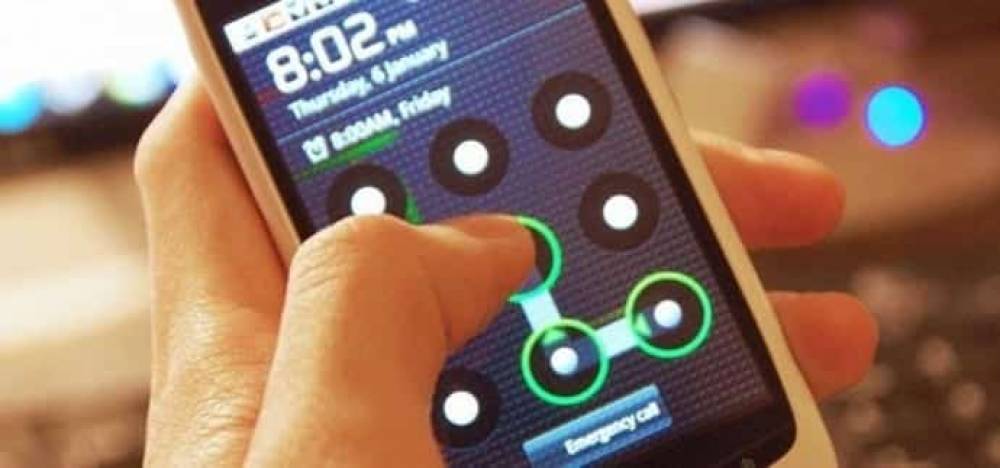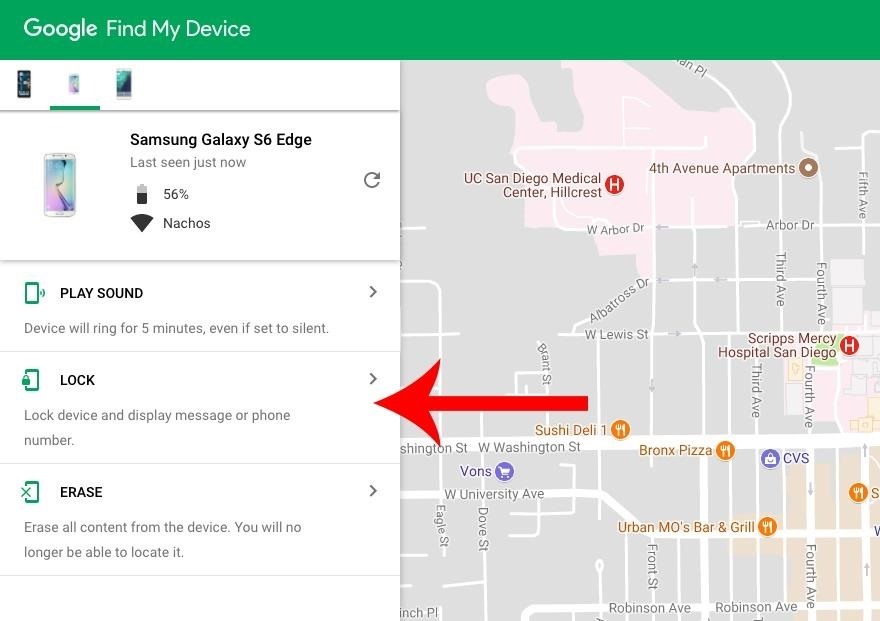
7 Techniques for Bypassing Androids Secured Lock Screen
7 Techniques for Bypassing Android's Secured Lock Screen
If you've forgotten the pattern, PIN, or password that protects your Android device, you may believe you're out of luck and doomed to be locked out in perpetuity. While these security measures are designed to be difficult to crack, it is not always impossible to break into a locked device.
There are several methods for hacking a locked Android smartphone or tablet, but none are quite as straightforward as the password cracker USB sticks available for Windows. Therefore, we'll go over seven of the most effective methods below, and hopefully one of them will assist you in regaining access to your device.
Method 1: Make use of the 'Find My Device' feature on Google's website
For the majority of Android phones and tablets, the best option is a built-in service called Find My Device. As long as you're logged into your Google account, you can access the service via any device or computer.
According to our testing, this method does not work on Android 8.0 or higher. However, as long as your phone is running Android 7.1.1 Nougat or a later version, this should work.
As counterintuitive as it may sound, begin by clicking the "Lock" button on your phone once Find My Device locates it. If the service is having difficulty locating your device, repeatedly click the refresh button next to your phone's name, and it should connect within five attempts if your phone is compatible.

After clicking the "Lock" button, you will be prompted to enter a new password to replace the forgotten pattern, PIN, or password. Double-check your new password by typing it twice, and then click the "Lock" button.

It may take up to 5 minutes for the password to change, but once it does, you should be able to unlock your device using the new password.
Method 2: Make Use of Samsung's 'Find My Phone' service
If you have a Samsung device, the first thing you should try is a similar service called Find My Mobile. To begin, navigate to this link using any web browser and log in to your Samsung account. Unfortunately, if you have never created a Samsung account, this method will not work. Additionally, some carriers, such as Sprint, block access to this service, which is worth noting.
After logging into your Samsung account, in the left-hand pane, click the "Lock my screen" button. In the first field, enter a new PIN, and then click the "Lock" button near the bottom of the screen. Within a minute or two, the password on the lock screen should be changed to the PIN you just entered, which you can use to unlock your device.

Method 3: Application of the 'Forgot Pattern' Feature
If your device is running Android 4.4 or a lower version of the operating system, you can use the "Forgot Pattern" feature. After five unsuccessful unlock attempts, you'll see the message "Try again in 30 seconds." While this message is displayed, tap the "Forgot Pattern" button at the bottom of the screen.

Choose "Enter Google account details" from here (depending on your device, this option may be available directly), then enter your primary Gmail account and password. Google will either email you your unlock pattern or you can change it immediately.

Method 4: Reset the device to its factory default settings
If your primary concern is gaining access to your phone rather than preserving any data stored on it, a factory reset should work in the majority of cases. However, if your phone was released in 2016 or later, you'll need to know your Google account password to use this method due to a new anti-theft feature called Factory Reset Protection.
The procedure will vary depending on the type of device, but for the majority of phones, begin by completely powering down the device. When the screen turns black, simultaneously press and hold the volume down and power buttons to bring up Android's bootloader menu. From here, press the volume down button twice to highlight and then select the "Recovery mode" option.

Following that, press and hold the power button while tapping the volume up button once; your phone should then enter recovery mode. From here, use the volume buttons to highlight and then select the "Wipe data/factory reset" option. When the process is complete, select the "Reboot system now" option to regain access to your phone.

If the phone is more recent, you'll be prompted to log in using the Google account and password that were previously used on the device before it was reset. As long as you have this information (which you should), regaining access to your phone is as simple as logging back into your Google account.
Method 5: Delete the Password File Using ADB
This next option will work only if you previously enabled USB debugging on your phone, and even then, only if the computer you're using has been granted permission to connect via ADB. However, if you meet those requirements, this is an ideal method for unlocking your device. However, models that come pre-encrypted may not be compatible with this workaround.
Begin by connecting your phone to your computer via a USB data cable, and then opening a command prompt window in the directory where ADB was installed. Type the following command and press Enter from here.
•adb shell rm /data/system/gesture.key

Reboot your phone and the secure lock screen should disappear, allowing you to access your device. However, this is a temporary solution; therefore, before rebooting, create a new pattern, PIN, or password.
Method 6: Enter Safe Mode to Bypass the Third-Party Lock Screen
If you're attempting to bypass a third-party application rather than the stock lock screen, booting into safe mode is the simplest way to do so.
To boot into safe mode on the majority of phones, bring up the power menu from the lock screen and then long-press the "Power off" option.

From here, select "OK" when prompted to boot into safe mode, and your third-party lock screen app will be temporarily disabled.

Simply clear data or uninstall the third-party lock screen app from here, then reboot your phone to exit safe mode. When you restart, the vexing lock screen application should be gone.
Method 7: Crash the UI for the Lock Screen
Finally, there is a way to bypass the password lock screen if your device is encrypted and running Android 5.0-5.1.1. This method will not work with any other type of secure lock screen, but it will come in handy if you have forgotten your password.
To begin, tap the "Emergency Call" option on your lock screen and then enter ten asterisks into the dialer interface. Double-tap the field to highlight the entered text and select "Copy," then paste it into the same field to effectively double the number of characters entered. Continue copying and pasting characters into the field until double-tapping the field no longer highlights the characters.

Return to the lock screen and activate the camera shortcut. Pull down the notification shade and tap the Settings icon; you will then be prompted for a password. Repeat this process several times more by long-pressing the input field and selecting "Paste." After pasting sufficient characters into the field, your lock screen will eventually crash, allowing you to access the rest of your phone's interface.


